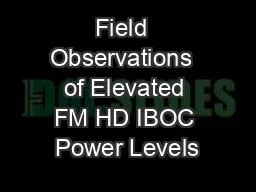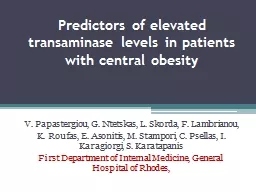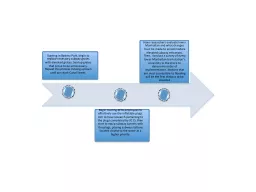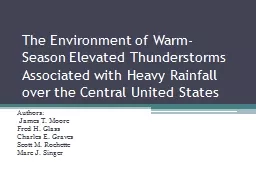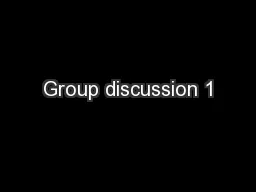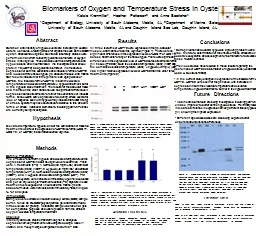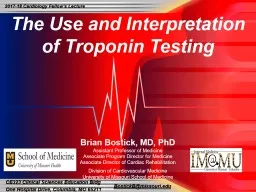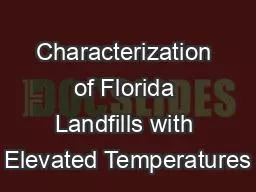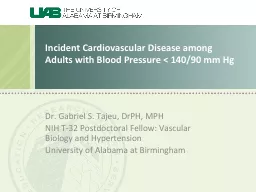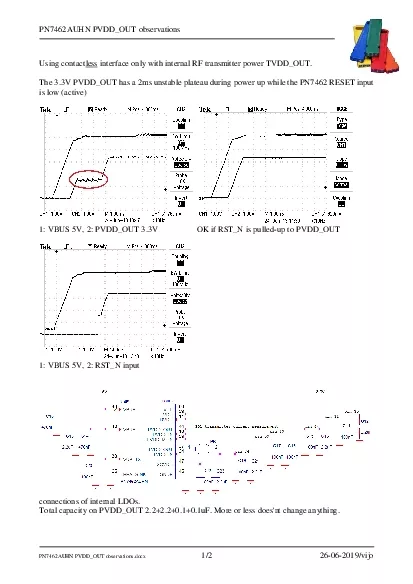PPT-Field Observations of Elevated FM HD IBOC Power Levels
Author : katrgolden | Published Date : 2020-06-23
Alan Jurison iHeartMedia Audience Poll Background of Digital Power Level FCC first authorized the use of the hybrid HD Radio IBOC system on in its First Report
Presentation Embed Code
Download Presentation
Download Presentation The PPT/PDF document "Field Observations of Elevated FM HD I..." is the property of its rightful owner. Permission is granted to download and print the materials on this website for personal, non-commercial use only, and to display it on your personal computer provided you do not modify the materials and that you retain all copyright notices contained in the materials. By downloading content from our website, you accept the terms of this agreement.
Field Observations of Elevated FM HD IBOC Power Levels: Transcript
Download Rules Of Document
"Field Observations of Elevated FM HD IBOC Power Levels"The content belongs to its owner. You may download and print it for personal use, without modification, and keep all copyright notices. By downloading, you agree to these terms.
Related Documents

